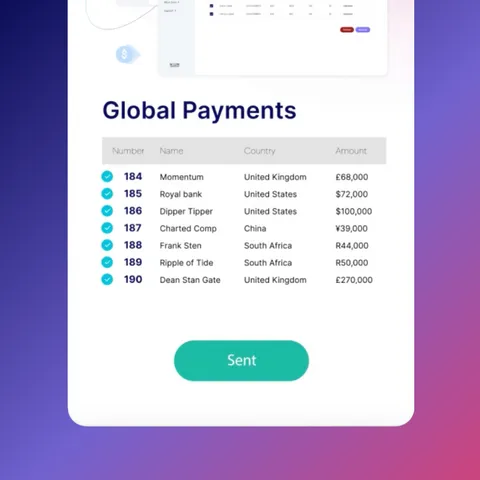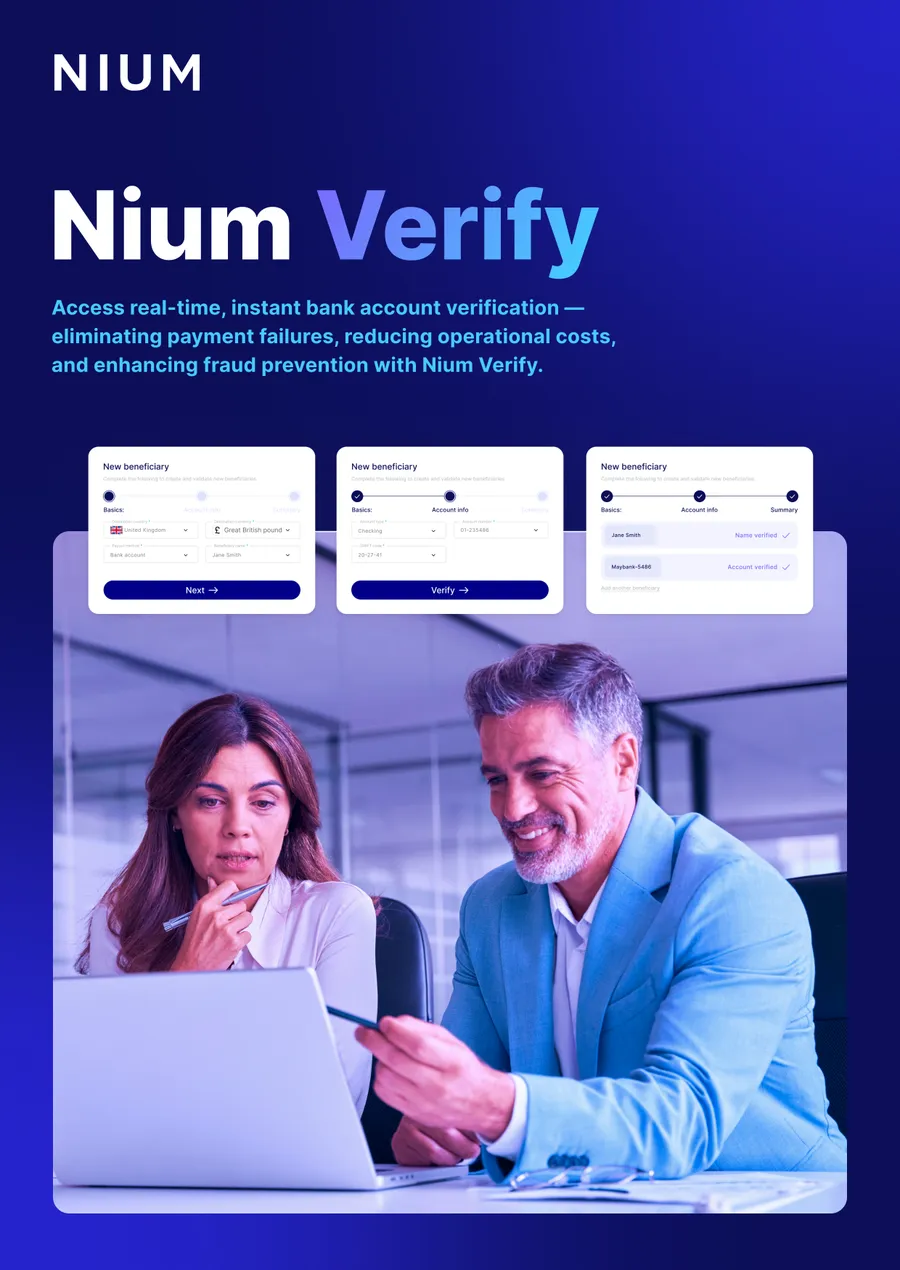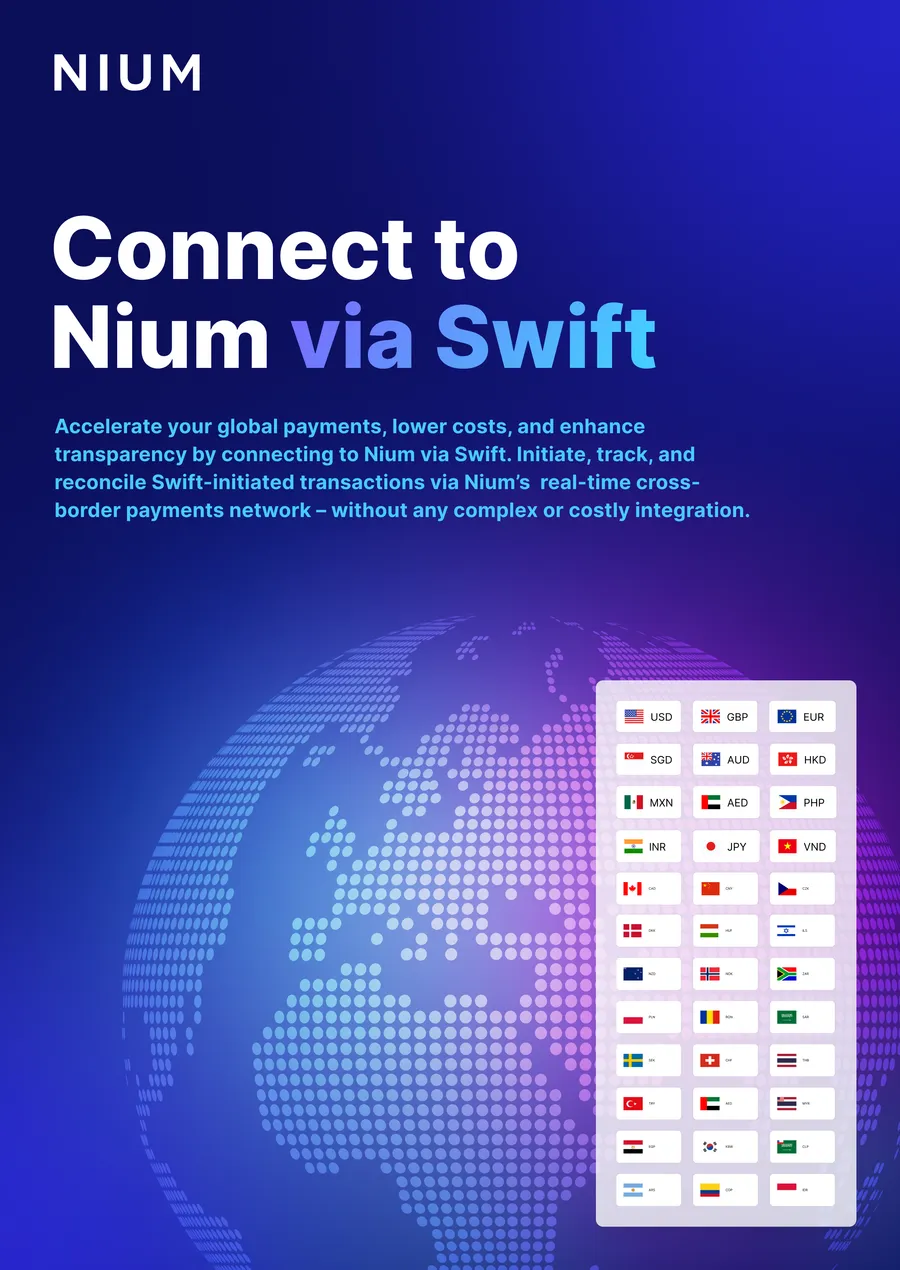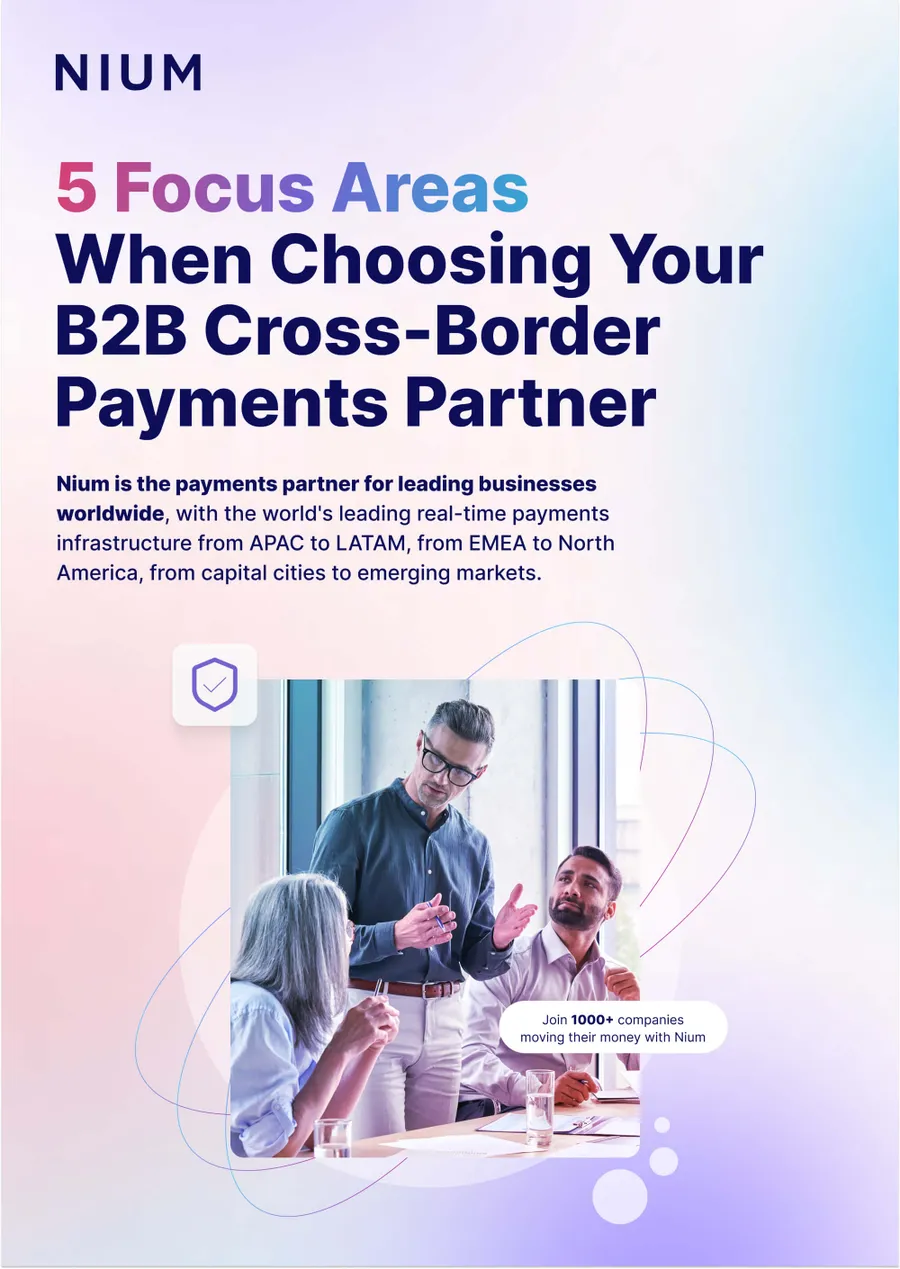The travel ecosystem is a complex web of businesses, all of which rely on each other to function. From airlines to online travel agents (OTAs) to corporate travel management companies (TMCs), each player in the ecosystem has a unique role to play. And, with all of these different businesses come different payment processes.
Now that travel and tourism have returned, online travel agents must think carefully about their B2B travel payments and how the right strategy can help them protect the bottom line. New technology is at the heart of every successful payments strategy today. It can improve cash flow, optimize cross-border transactions, streamline administration, and keep costs down.
Here are some of the main considerations when planning your B2B travel payment strategy and why having the right payments partner is crucial for success.
- Understand and optimize foreign exchange
By definition, the travel industry is international and depends on cross-border payments. When you conduct business with suppliers and customers across different countries, you always face a currency challenge. Online travel agents rely on thin margins, which can become even thinner if they don’t pay attention to exchange rates, so they must optimize their foreign exchange strategy to avoid high conversion fees.
Bank transfers, where money is moved directly from an agent’s account to a supplier’s account, are often very costly for international payments, as foreign exchange fees can be steep. There is also a cost in time, as bank transfers involve manual processing and lengthy reconciliation.
An effective card payments strategy, particularly one based on virtual cards (see below), will ensure you are not disadvantaged by poor currency exchanges. This is why you should work with a payment services provider that offers flexibility and choice. For example, Nium reduces costs and maximizes margins with a platform that facilitates payments in 100+ currencies and issues cards across in 30+ markets. - Investigate card options and providers
Thanks to the growth of contactless and remote payments, cards are the foundation of most payments strategies today. For online travel agents, it’s essential to have digital cross-border payments in real time, which is possible when using global networks such as Visa and Mastercard.
Whichever type of card you need–most usually debit or credit–you should look for a payment service provider with an all-in-one platform service. Today, thanks to open banking and the growth of fintechs, there are many more cost-effective and versatile options than high street banks.
One of the most significant developments for travel payments is the growing use of virtual cards. Like plastic cards, they have 16-digit numbers, an expiration date, and a security number. But, unlike plastic cards, they exist only digitally and are usually used for one-off or very restricted transactions, thus preventing fraud. All online travel agents would do well to make virtual cards a key part of their B2B travel payments strategy. Apart from the benefits of enhanced security and more control over foreign exchange, virtual cards streamline processing and reconciliation. - Maximize security and control
Digital transformation has made it easier to execute cross-border payments and build thriving online businesses. But the downside is that digitalization, and particularly the growth of card-not-present transactions, has encouraged fraud and exposed travel businesses to new risks. The ideal B2B travel payments strategy must therefore balance speed and efficiency with the need for strong security and control.
This is where virtual cards score highly for B2B travel payments. Because they are created for specific purchases and use randomly generated and disposable numbers, virtual cards are highly secure and can’t be compromised like physical cards.Customization is another key benefit, as virtual cards enable you to set the amount limit, supplier details, payment time, and payment currency for every transaction. And because you can assign the cards to designated suppliers, you have better accountability. Purchases and payees are automatically linked, simplifying transaction reconciliations. - Make payments pay
Fast, efficient, secure payments are the bottom line. Although payments are not usually considered to be a profit center, with today’s digital technology, plus the right B2B travel payments strategy and payment services provider, you can significantly reduce operational costs, enhance cash flow and liquidity, and increase your margins. Cost savings are achievable on multiple levels, from FX and transaction fees through to reconciliation, and working with payments specialists such as Nium can make the difference between profit and loss.
How Nium powers B2B travel payments
When you choose Nium as your payments partner, your business will be backed by a powerful payments platform that offers flexibility and a choice of payment types that can be tailored to your precise needs. You gain instant access to a global network that provides versatile pay out, pay in, and card issuing capabilities.
Take a look at our wide range of services or download our latest travel ebook and how we support travel and logistics. Then contact us to talk about your requirements.

Original version published on December 11, 2021.






.png@webp)



.png@webp)



